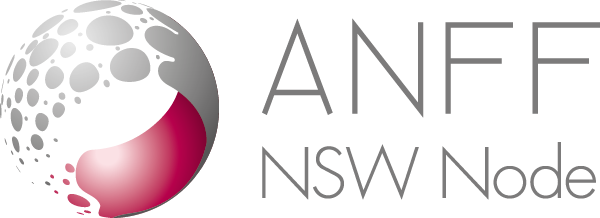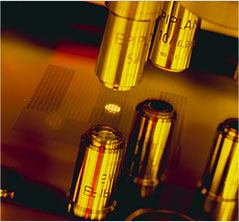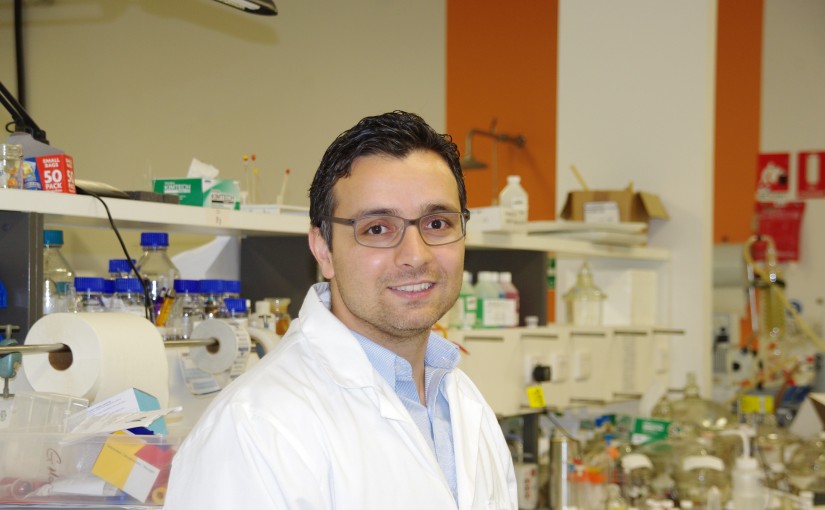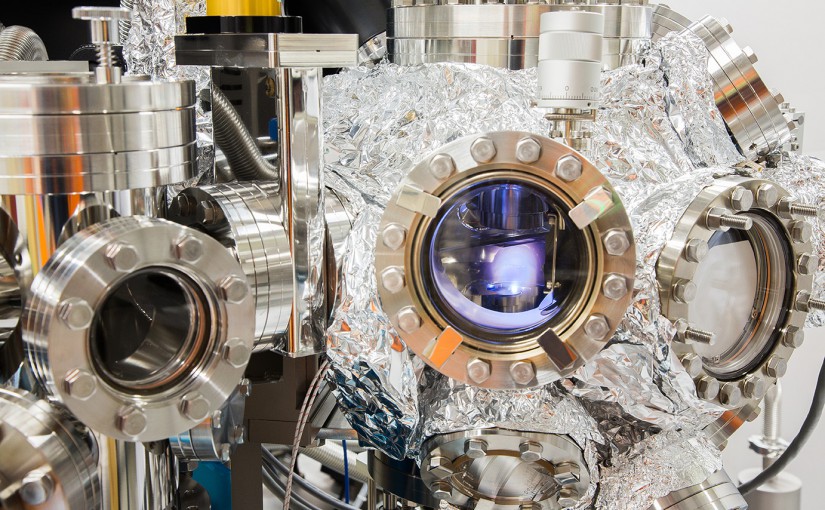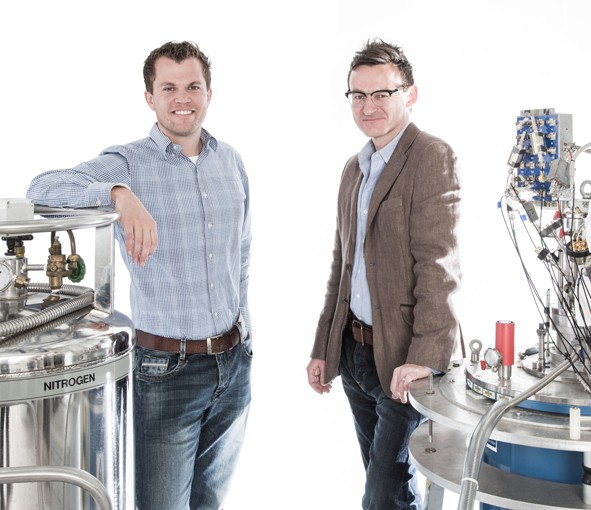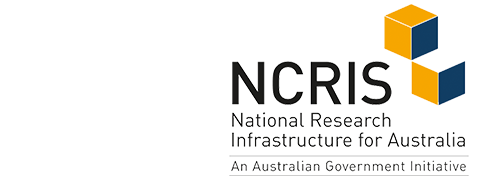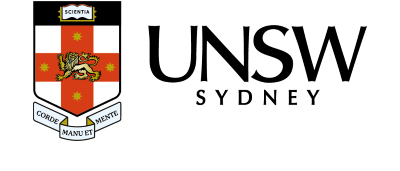The National Research Infrastructure Capability Issues Paper has been released. The paper presents a range of issues relating to national research infrastructure capability areas and is the first step in working towards a shared view of the capabilities that require national research infrastructure to support current, new and emerging areas of research and innovation. It sets out the proposed capability requirements that will inform the development of the 2016 Roadmap.
In conjunction with the release of the Issues Paper, a range of consultations will occur around Australia from July. Dates and the registration form are available from the following link:
